Matt Wedel was born in Palisade, Colorado, and currently lives and works in Athens, Ohio. He earned his Bachelor of Fine Arts at The School of the Art Institute of Chicago, and then obtained a Master’s degree in Ceramics from California State University.
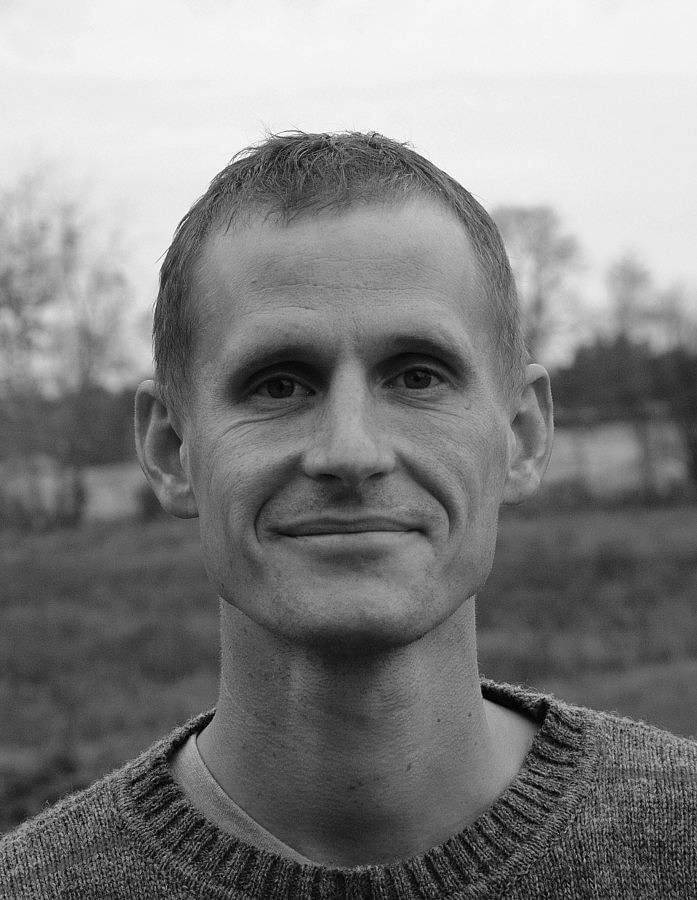
Tell us a little bit about yourself and what you do. I am an artist, a father of two kids and a husband of a clothing designer. The time that I spend in my art practice revolves around my family. They are the two most important things to me and something that I try to work on daily and strive to become better at.
What are some recent, upcoming or current projects you are working on? My most recent exhibition titled Peaceable Fruit took place at LA Louver gallery in Venice California. I am currently working on two commissions as well as an installation of works for OMI Sculpture Fields in Ghent NY. Along with these projects, I am building onto my studio to allow space for drawing and stone carving, which are becoming merged with my larger work as sculptor and artist. The stone adding a density and solidity of line and the drawing allowing a weightlessness that sculpture rarely understands.

What is one of the bigger challenges you and/or other artists are struggling with these days and how do you see it developing? A large challenge is how to take care of our bodies so that we can make our work. We need to think more like an athlete, in that if an athlete does not stretch and stay in shape they will get hurt. It is just not questioned. Artists who’s work is physically demanding are no different except it is an up hill battle since we are not trained how to take care of ourselves.
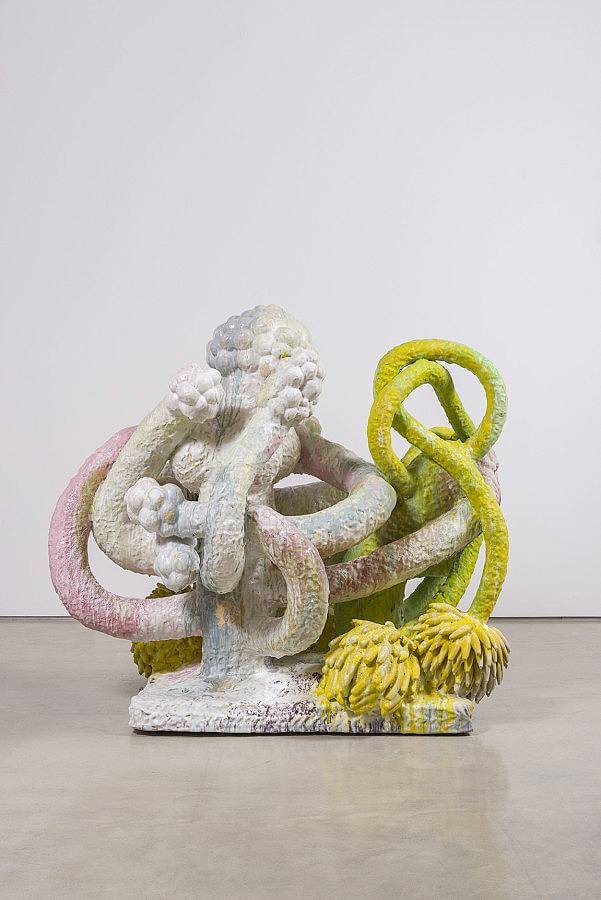
How did your interest in art begin? I attribute much of my work to my father. I grew up in Western Colorado and became interested in art through an exposure to folk and outsider artists around my community. I also grew up working with my father who is a functional potter of now 40 years. This exposure to outsider art and the history of functional ceramics became the umbrella under which I understood art at a young age. As you can imagine things changed quite rapidly when I moved to Chicago to go to art school. I had never been taught about contemporary art growing up, so in many ways I had to start from scratch in regard to who I was and what I knew. It was here that I began to understand who I was as an artist. I then moved to Long Beach, California for gradate school. I had never in my life seen anyone work as hard as the artists there. When I arrived, a student was building a life-size ship wreck that filled the entire studios. An artist Hwa Jin Lee was finishing up as well and the studios were filled with her catacomb structures, dense with skulls and skeletal figures. Tony Marsh and Kristen Morgin were also my teachers at that time. They embodied a work ethic far beyond what I knew. It wasn’t until this time that I began to understand how to actually push myself as a maker.
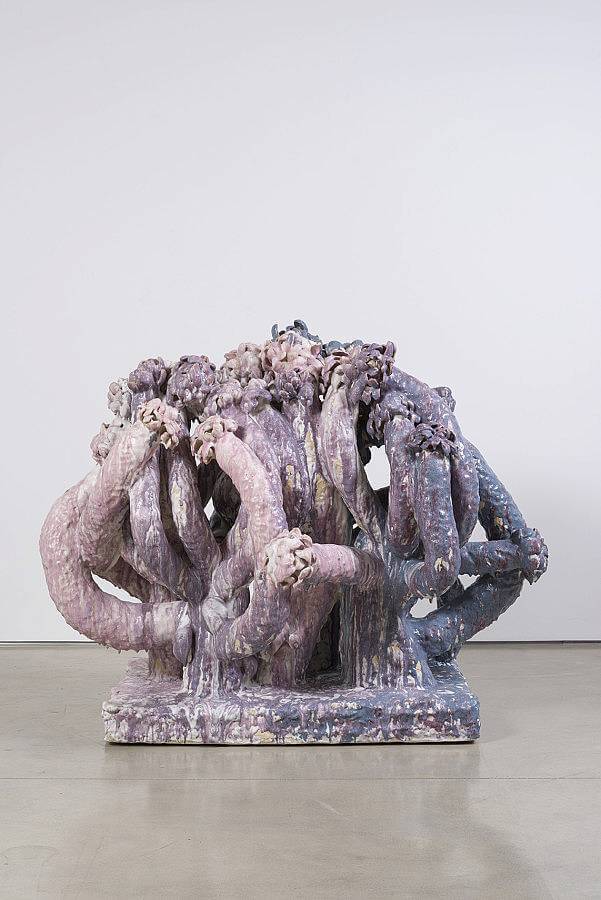
If you had to explain your work to a stranger, what would you say? I am an artist that works with clay. My work is based in ideas of landscape, culture and mythology. My work is about finding myself. It is about understanding our world, our history and our path forward. My work is about becoming, about existing, about finding hope. I am interested in learning from my work. It is a kind of making to find understanding rather than the work as a product of understanding. I feel like my work tells me more of what I do not know rather than what I do know.
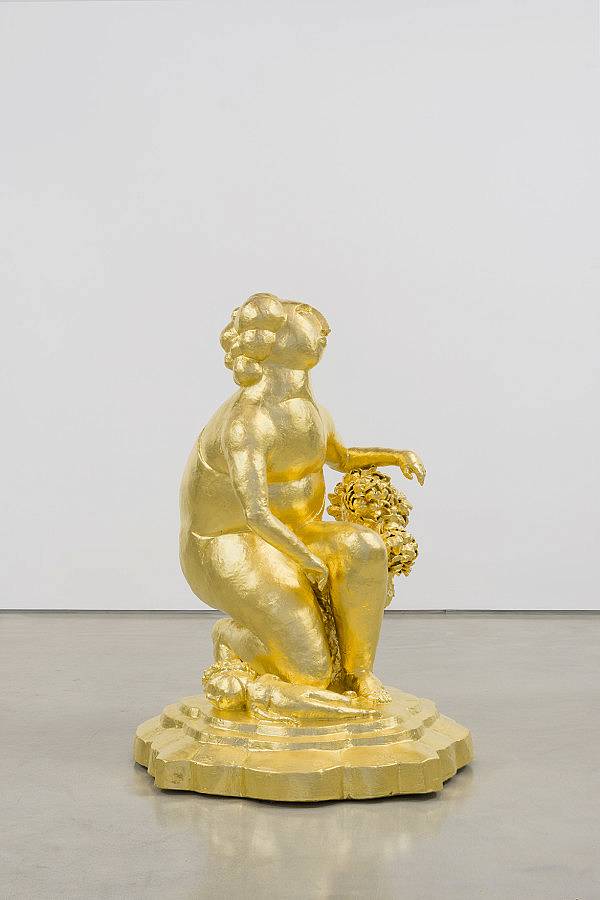
What materials do you use in your work and what is your process like? I work with clay. Given that the work has to dry, I work on up to 15 works at a time. You can only work a few inches on each work so everything slowly emerges together over time. The larger works are just less than two tons and are loaded with a forklift into the kiln to be fired. After the firing the works are cleaned up to remove dust and then reloaded into the kiln to be glazed and fired again. Sometimes these firings can take up to three days to complete. The material itself is definitely another force that you must recon with as a maker. It is as if the work tells you where it is going rather then the other way around. This generally has me terrified most of the time. There ends up being a certain amount of risk in my work as I am always curious as I ad color to the forms. Most of the times I am trying things to see what will happen. The work ends up being a blueprint of what I do and do not know. It is a very honest material.

Tell us a joke. Q: Why did Van Gogh become a painter? A: Because he didn’t have an ear for music.
What artists are you interested in right now? I love the work of Gustav Vigeland, Henri Rousseau, Antoni Gaudi, and Luca Della Robbia. I love Iranian lusterware, early Spanish Majolica. I also love 15th-century Italian etchings and early Christian manuscript painting.

What do you do when you’re not working on art? I love to garden and work on my farm. I love to play with my kids. My wife and I also homeschool so we are always incorporating that into our daily life as a family. We are always working on projects with the kids.
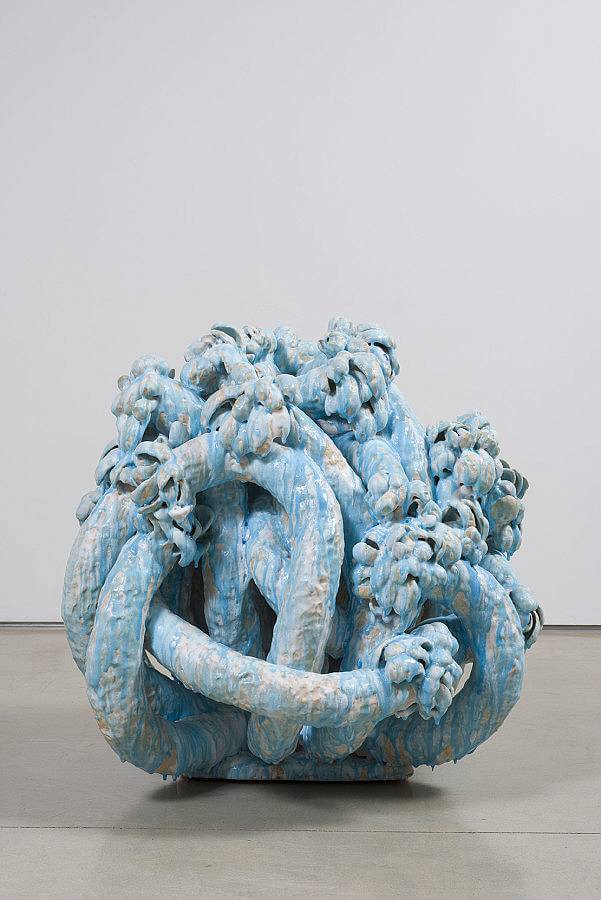
Can you share one of the best or worst reactions you have gotten as a result of your work? One of the funniest reactions was when my propane delivery driver arrived to my studio for the first time. He asked to see what I was doing. I remember working on a kind of horse sculpture and him looking at it. He looked at me as if to say, where in the hell are you from? He asked me, “Have you ever seen a horse? You seen that movie Black Beauty? I think you oughta see that movie. I really think you might learn something”. I absolutely love that he told me that. Unfortunately, I have yet to see the movie.